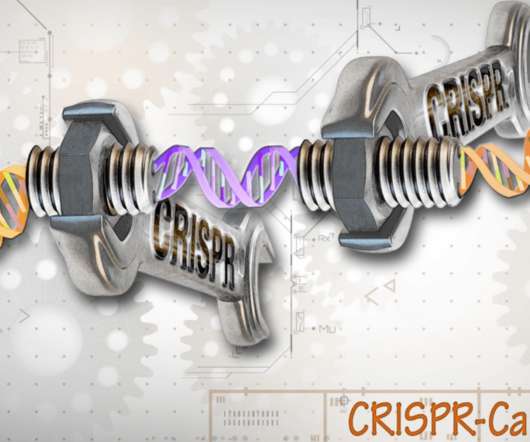Next Generation Sequencing (NGS) Library Preparation Kits: Revolutionizing the Field of Genetic Sciences
Roots Analysis
FEBRUARY 23, 2022
Further, NGS library preparation kits offer several benefits, such as low requirement of starting material, generation of longer RNA / DNA sequences and production of superior quality nucleotide libraries, thereby, catering to existing unmet needs of the research domain. Next Generation Sequencing (NGS) Library Preparation Kits.












Let's personalize your content